Cải tạo nhà bếp hoặc cơ sở kinh doanh của bạn với những cải tiến và tiên tiến này. máy tái chế vật nuôi tự động đi kèm với chiết khấu chưa từng có trên Alibaba.com. Các. máy tái chế vật nuôi tự động sử dụng các phát minh và công nghệ tiên tiến nhất để tập hợp các thuộc tính mong muốn cho nhu cầu của bạn. Chúng được làm từ vật liệu chắc chắn có tuổi thọ cao và hiệu suất hiệu quả trong thời gian dài. Các. máy tái chế vật nuôi tự động làm cho quá trình sản xuất các sản phẩm ngũ cốc cực kỳ tiết kiệm thời gian và hiệu quả.
máy tái chế vật nuôi tự động có nhiều loại và nhiều đặc điểm khác nhau, cần phải cân nhắc nhiều đến các yêu cầu cá nhân và nhóm. Hiệu suất chất lượng hàng đầu của chúng được đảm bảo bằng cách sử dụng các dây chuyền xử lý đã nổi tiếng. nhà cung cấp và nhà phân phối của máy tái chế vật nuôi tự động. Các. máy tái chế vật nuôi tự động được trang bị các bộ phận mạnh mẽ có hiệu quả cao ngay cả khi tiêu thụ dòng điện thấp để giúp bạn tiết kiệm hóa đơn tiền điện. Tận dụng các mô hình và kích thước khác nhau cho phép bạn giữ chúng ở bất kỳ đâu trong cơ sở của mình.
Khi khám phá Alibaba.com, bạn sẽ nhận ra rằng những điều này. máy tái chế vật nuôi tự động rất phải chăng, đặc biệt là với các giao dịch khuyến mãi độc đáo của họ. Chi phí bảo dưỡng của họ cũng thấp đến khó tin vì phụ tùng thay thế luôn có sẵn và việc sửa chữa cũng dễ dàng. Các. máy tái chế vật nuôi tự động được cung cấp các nguyên tắc người dùng để thúc đẩy các hoạt động và biện pháp an toàn tối ưu. Tuy nhiên, bạn có thể yêu cầu cài đặt tại chỗ từ. Người bán máy tái chế vật nuôi tự động và bất kỳ thông tin giải thích nào khác mà bạn có thể yêu cầu.
Gọi điện phù hợp và cải thiện năng suất trong gia đình hoặc doanh nghiệp của bạn. Khám phá phạm vi rộng của. máy tái chế vật nuôi tự động có sẵn trên Alibaba.com và khám phá số tiền bạn có thể tiết kiệm. Yêu cầu tùy chỉnh liên quan đến biểu trưng và các bản in độc đáo được cho phép.
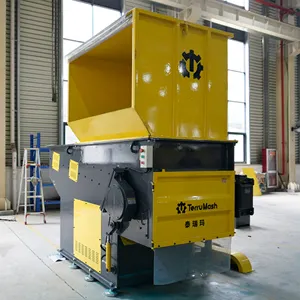

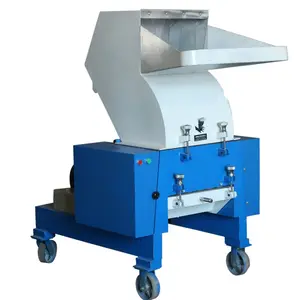









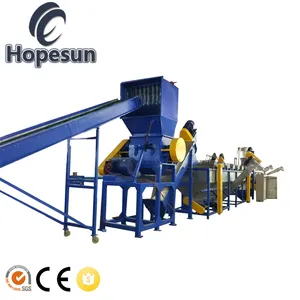

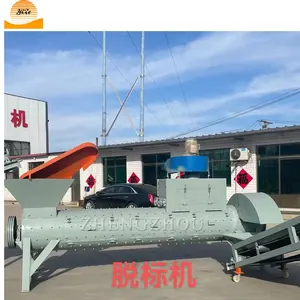

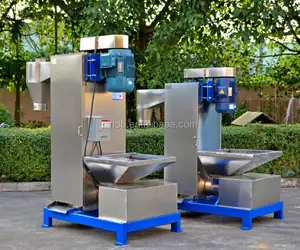
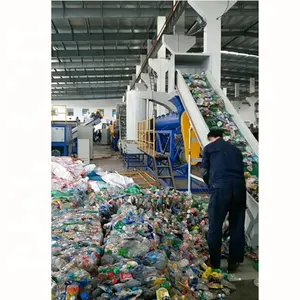

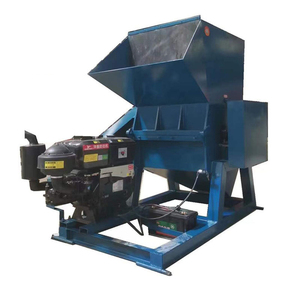






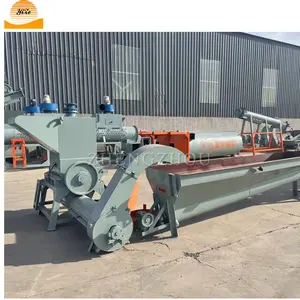


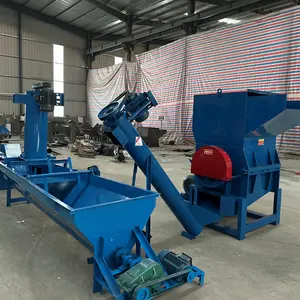


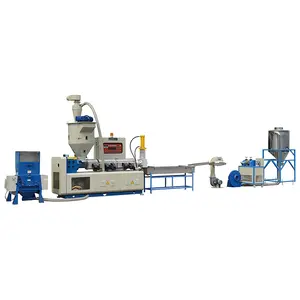




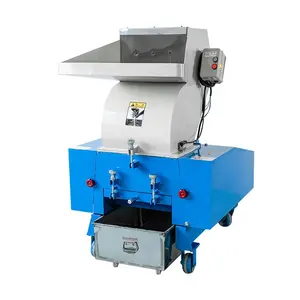

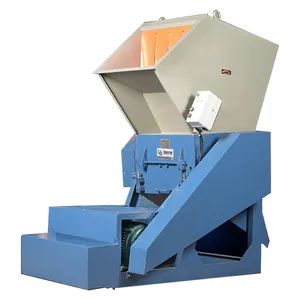
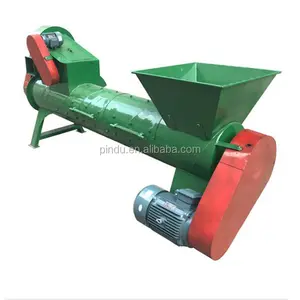

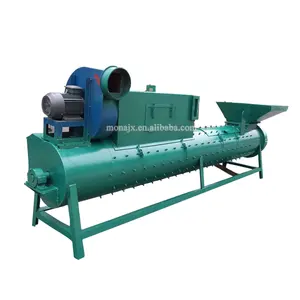




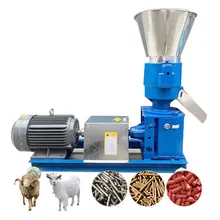

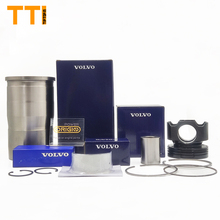
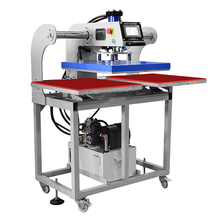
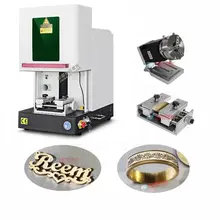

























 浙公网安备 33010002000092号
浙公网安备 33010002000092号 浙B2-20120091-4
浙B2-20120091-4